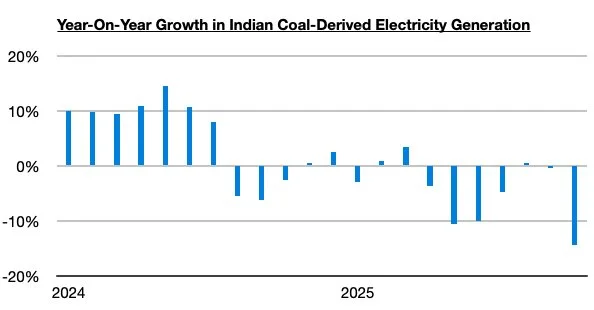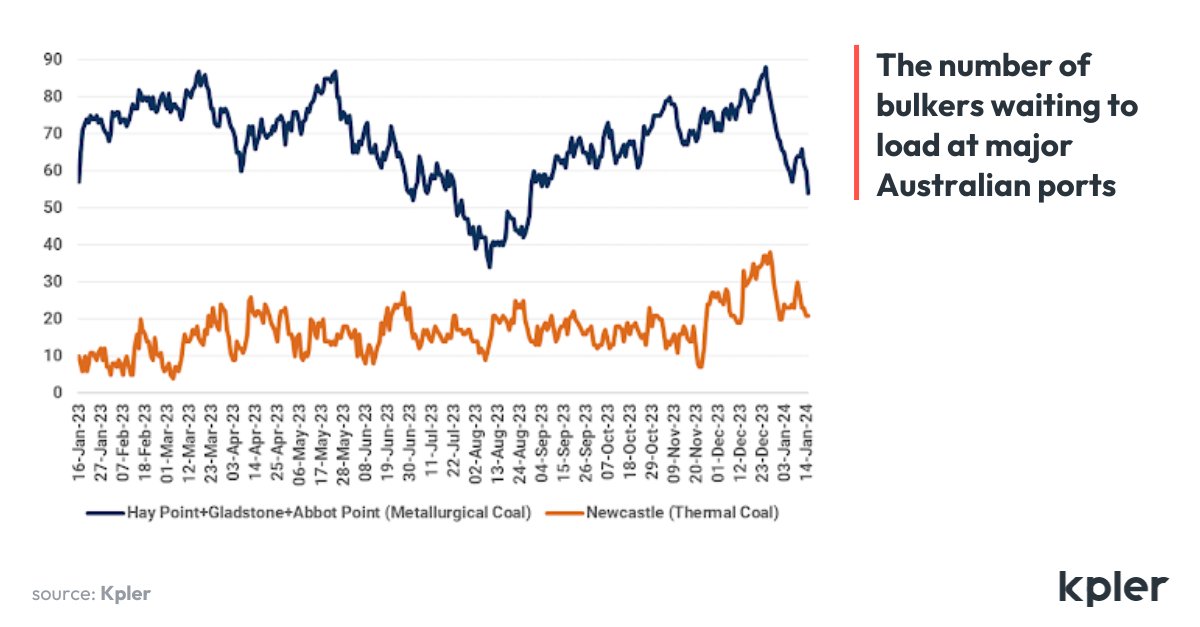

For the first time on record, during 2020 the ratio of coal-fuelled thermal power generating capacity installed in China fell to less than half of the country’s total power capacity, according to a new report by the China Electricity Council (CEC) published on February 2. Last year, coal was the core input for about 1.08 billion kW of electricity generation capacity in China, accounting for 49.1% of the country’s total of 2.2 billion kW, the report noted.
Last year’s result compares with that for 2019 when installed generating capacity across the country totalled 2.01 billion kW, among which 51.7% or 1.04 billion kW was fuelled by coal, historic CEC data shows. Over the past five years, the coal-fired percentage has declined by about 10 percentage points from the 59% by the end of 2015, according to the data. Nevertheless, between 2019 and 2020, the total capacity of coal-fired power units rose by nearly 4%, Mysteel Global calculates.
Last year, the notable decline in China’s reliance on thermal power fuelled by coal was mainly due to the commissioning of new electricity generation units driven by non-fossil energy, particularly wind and solar power. In 2020, the capacity of newly-commissioned wind power generators hit a record high of 716.7 million kW, jumping by 178.4% on year, CEC data showed. ‘Thermal’ power in China is that produced by coal, gas, oil and bio-mass, Mysteel Global notes.
Table: China’s installed power generating capacity in 2020
| Total capacity (million kW) | Y-o-Y | Newly Commissioned (million kW) | |
| Total | 2,200 | 9.5% | 190.87 |
| Thermal | 1,250 | 5%* | / |
| Coal | 1,080 | 3.8%* | / |
| Hydro | 370 | 2.8%* | / |
| Wind | 280 | 33.3%* | 74.67 |
| Solar | 250 | 25%* | 48.2 |
| Nuclear | 49.89 | 2.4%* | / |
*On-year change calculated by Mysteel Global from CEC data.
Source: CEC
Over the past five years, China has been actively reducing its reliance on coal to meet its energy demand, while electricity generation has been the largest driver of Chinese coal consumption, Mysteel Global notes.
In actual power generation, coal-fired energy also posted declines in proportion though China’s annual power generation has been growing steadily, and in 2020, China generated 7.62 trillion kWh of electricity in total, up 4% on year, among which power generated via burning coal accounted for 60.8%. That percentage was also 7.1 percentage points lower from the end of 2015, CEC data showed. Data comparing power generated by coal-fired power stations in 2019 and 2020 is unavailable, however.
To achieve the central government’s goal of achieving peak carbon emissions by 2030, China will continue to promote the low carbon transformation of its power industry during the 14th Five-Year Plan period over 2021-2025, CEC noted.
During 2021, China will commission another 180 million kW of power generating capacity, among which 140 million kW will be fuelled by non-fossil energy. In total, China’s power generating capacity will rise 7.7% on year to 2.37 billion kW this year, among which 47.3% or 1.12 billion kW will be of capacity driven by non-fossil energy, higher by 2.5 percentage points from 2020, CEC anticipated.
This year, the percentage of installed wind and solar power in total capacity will rise by another 3 percentage points, CEC forecast.
Written by Sean Xie, xiepy@mysteel.com
Edited by Russ McCulloch, russ.mcculloch@mysteel.com











